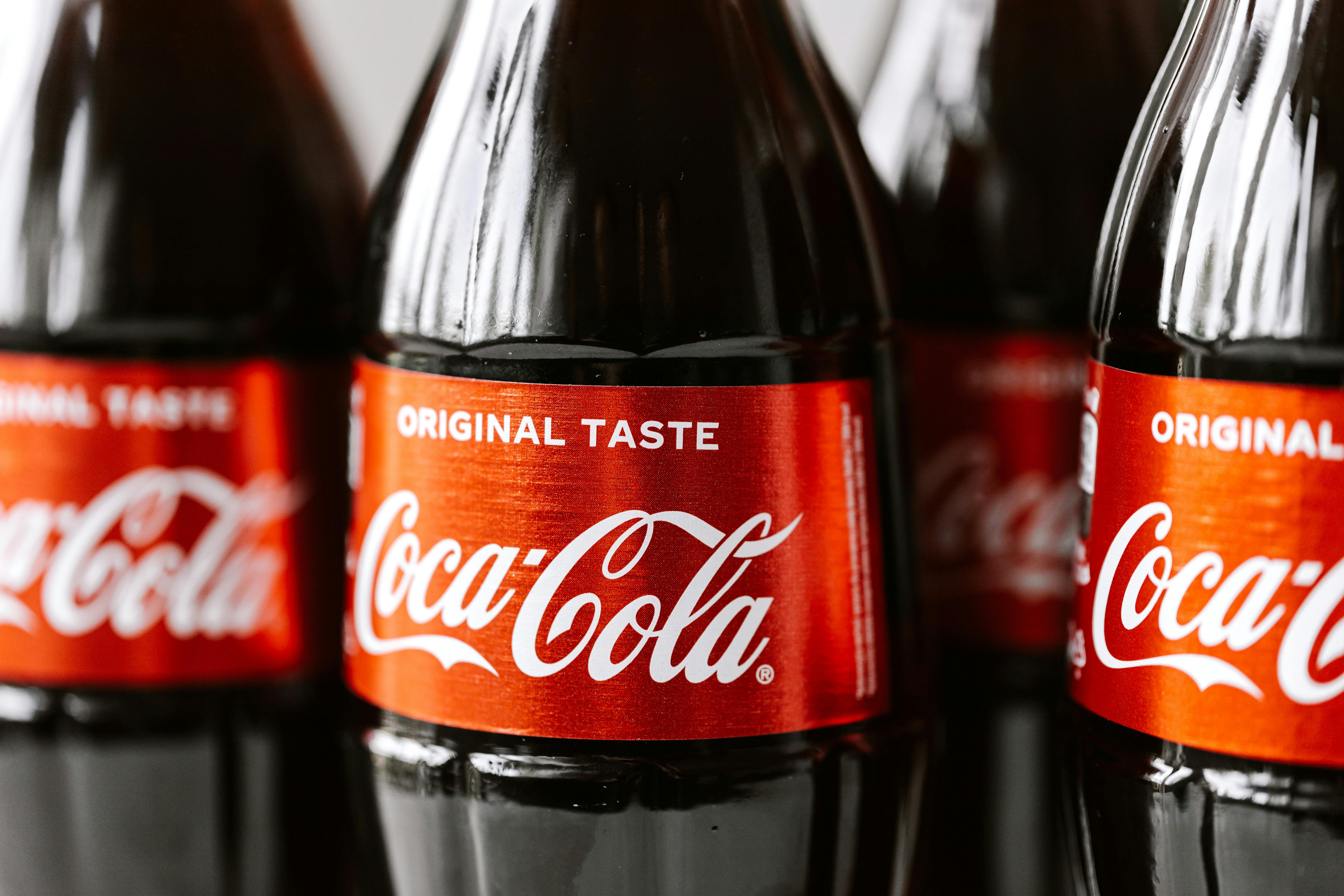The terms “purified” and “distilled” are often used interchangeably; however, they do not mean the same thing. Purified water is created by a process of filtering and treating the water, while distilled water is created by a process of boiling and condensing the water. While both processes remove impurities from the water, they do so in different ways.Purified water is water that has been processed to remove impurities, including bacteria, parasites, and silt. It is usually obtained through distillation, deionization, reverse osmosis, or other methods of purification. Purified water is commonly used in medical and laboratory settings as it is free from chemical and biological contaminants.
Distilled Water
Distilled water is water that has been boiled, and turned into steam, then cooled and condensed back into a liquid form. It is considered to be pure and free of contaminants, as the boiling process removes impurities and minerals. Distilled water is often used in laboratories, car batteries, steam irons and other appliances that require purified water. It can also be used for drinking purposes, but it may taste different than tap or spring water due to the absence of minerals.
Distillation is a process that occurs naturally in the environment; however, humans have been using the technique for centuries to produce purified water. The process involves boiling the water so that it vaporizes or turns into steam. As the steam rises, it leaves behind impurities and other contaminants. The steam is then collected and cooled so that it condenses back into liquid form; this condensed liquid is distilled water.
The lack of minerals in distilled water can make it taste flat or dull compared to other types of drinking water; however, it can still provide essential hydration for your body. While distilled water does not contain any additional minerals or nutrients itself, consuming foods rich in these substances can make up for any deficiencies caused by drinking only distilled water.
Are Purified and Distilled Water the Same?
Purified and distilled water are both forms of water that have been treated in order to remove impurities. However, they are not the same, as they undergo different processes to achieve this goal. Purified water is usually treated with a filtration process or an ion exchange process that removes contaminants from the water. Distilled water is created by boiling the water and then condensing the steam in order to create pure water. Both forms of water can be used for drinking, but they have different characteristics that make them suitable for different uses.
The main difference between purified and distilled water is in the way that they are treated. Purified water is typically filtered or treated with an ion exchange process to remove any impurities or contaminants from the water. This process does not affect the mineral content of the water, so it retains some of its natural minerals and trace elements. Distilled water, on the other hand, is created by boiling the water and then condensing it back into liquid form. This process removes all impurities from the water, including minerals, but it also gives it a slightly acidic taste due to its lack of minerals.
When it comes to drinking, both purified and distilled waters are suitable options. However, some people prefer to drink purified water because it retains some of its natural minerals while still being free from contaminants or impurities. On the other hand, distilled water can be beneficial for those who have certain medical conditions that require them to avoid certain minerals or impurities in their drinking water.
In terms of practical applications, purified and distilled waters also have different uses. Purified waters are often used for cooking and food preparation since they retain some essential minerals that can help improve flavor and texture of food dishes. Distilled waters are commonly used in medical settings since they provide a clean source of hydration without any unwanted contaminants or minerals present in regular tap or bottled waters.
Overall, while purified and distilled waters are both forms of treated drinking waters with very similar characteristics, there are subtle differences between them that make them suitable for different purposes.
Purified Water
Purified water is any water that has been treated to remove impurities and contaminants. Purification methods typically involve the use of chemical, biological, or physical processes to remove unwanted substances from the water. Common purification techniques include filtration, distillation, reverse osmosis, and ultrafiltration. Purified water is often used in laboratories, medical settings, and food preparation areas to ensure that all contaminants have been removed.
Distilled Water
Distilled water is a type of purified water that has been heated until it turns into steam, which then condenses back into liquid form. This process removes any minerals and other contaminants from the water. Distilled water is often used in medical settings as it is free of bacteria and other microbes. It is also used in some industrial processes as it can help prevent corrosion in pipes and tanks. Distillation is generally considered to be one of the most effective methods of purifying water.
Purified and Distilled Water
Purified water and distilled water can be quite different from each other in terms of the processes used to make them. Purified water is created through a process of filtration, which removes impurities such as bacteria, organic and inorganic compounds, chlorine, and other sediment. Distilled water is created by boiling the water, which evaporates the liquid and leaves behind the impurities. The steam is then condensed back into liquid form and collected for use. Both purified and distilled water have their own unique benefits, so it’s important to understand the differences between them before deciding which one is right for you.
The main difference between purified and distilled water lies in how they are produced. Purified water is filtered through a series of filters that remove contaminants such as bacteria, organic compounds, chlorine, and sediment. On the other hand, distilled water is created by boiling the liquid until it evaporates leaving behind all the impurities. The steam is then condensed back into liquid form for use.
In terms of taste and odor, both types of water are usually clear and odorless. However, since purified water has been filtered through a series of filters to remove contaminants it may have a slightly different taste than distilled water due to trace amounts of minerals that remain in the filtering process.
When it comes to safety for drinking purposes, both types of water are considered safe for human consumption as long as they are produced under safe conditions. Purified water generally contains fewer contaminants than tap or springwater while distilled water contains none at all due to its evaporation process that removes all impurities during production.
The cost difference between purified and distilled water can vary depending on where you buy them from but generally speaking, distilled water tends to be more expensive due to its more intensive production process compared to purified water’s filtration system.
Overall, both purified and distilled waters offer their own unique benefits when it comes to drinking purposes but understanding the differences between them will help you decide which one is best suited for your needs. Regardless of which type you choose make sure it has been produced in accordance with safety standards before consuming it for optimal health benefits.

Purified vs Distilled Water
Water is a vital resource for our everyday life and plays an important role in our health. Knowing the differences between purified and distilled water can help you make informed decisions when choosing what type of water to drink.
Purified water has been processed to remove impurities, such as chemicals and other contaminants, from regular tap or ground water. This is done by using a variety of methods including reverse osmosis, deionization, carbon filtration, or distillation. Purified water is often labeled as “drinking water,” “filtered,” or “purified.”
Distilled water is a type of purified water that has also been boiled to remove impurities and minerals from the source. It is then boiled again to create steam which is then condensed back into liquid form. The process of distillation removes volatile compounds such as chlorine and other contaminants from the source water. It is often labeled as “distilled” or “steam-distilled.”
The main difference between the two types of water lies in their mineral content. While both are considered pure forms of water, distilled water contains no minerals while purified water still retains some trace minerals. This makes distilled water more acidic than purified, which can affect its taste and smell. Additionally, some people prefer the taste of purified over distilled since it contains some natural minerals that can enhance flavor.
Overall, both types of purified and distilled waters are safe to drink and provide health benefits over regular tap or ground waters because they do not contain potentially harmful contaminants. However, it’s important to consider your own preferences when deciding which type of drinking water you prefer.
Purifying and Distilling Water
Water is essential for life. For this reason, it is important to make sure that the water that we drink is safe and clean. Purifying and distilling water are two processes used to remove contaminants from drinking water and make it safe to consume. The process of purifying water involves passing it through a filter to remove any impurities, while distillation involves boiling the water and capturing the resulting steam in another container. Both processes can be used to produce clean drinking water.
The first step in purifying water is to remove large particulates such as dirt, sand, and other debris by passing the water through a filter. This can be done with a simple cloth filter or a more advanced filtration system like a reverse osmosis unit. The filter will also remove certain types of bacteria, viruses, and other microorganisms that can cause illness if consumed. It is important to note that not all microorganisms can be removed by filtration alone; some may require additional treatment such as chlorination or ultraviolet light exposure.
The second step in purifying drinking water is to disinfect it using either chlorine or ultraviolet light exposure in order to kill any remaining microorganisms. Chlorine can be added directly into the water supply or applied using specialized equipment like chlorine tablets or granules. Ultraviolet light exposure requires specialized equipment like UV lamps and can be used in combination with chlorination for additional protection against microorganisms.
The process of distillation involves boiling the water and allowing the resulting steam to condense into another container where it can then be collected as clean drinking water. This method removes not only particulates but also salts, minerals, heavy metals, and other contaminants that may not have been removed by filtration alone. Distillation requires specialized equipment such as a still or distiller but can produce very pure drinking water when done correctly.
Both purifying and distilling are effective methods for producing safe drinking water but each has its own advantages and disadvantages depending on the situation at hand. Purification is generally less expensive than distillation but may not produce as pure of an end product since it does not remove all contaminants from the source material while distillation tends to be more expensive but produces very pure end product since all contaminants are removed during the process.
Advantages of Purifying and Distilling Water
Purifying and distilling water offers a number of advantages that make it a popular choice for many people. The process of purifying and distilling water removes impurities, contaminants, and other substances that can be found in natural sources of water. This helps to ensure that the water is safe to drink and use for other purposes. Additionally, the process also removes any unpleasant tastes or odors from the water, making it more enjoyable to consume. Finally, purifying and distilling water also helps to extend the life of appliances such as coffee makers or ice makers, as the contaminants in untreated water can cause damage over time.
By purifying and distilling water, consumers are able to enjoy pure and clean drinking water on demand. This eliminates the need for buying bottled or canned beverages for convenience or as a source of drinking water. In addition, purifying and distilling water is an affordable option when compared to other methods of obtaining clean drinking water such as reverse osmosis systems or purchasing bottled waters. Furthermore, using purification systems ensures that you have a constant supply of clean drinking water without needing to replace filters often like with some types of filtration systems.
Overall, purifying and distilling your own drinking water has many advantages that make it an attractive option for consumers looking for safe and clean drinking water on demand. Not only is it more affordable than other options but also it ensures that you always have access to fresh-tasting drinking water whenever you need it.

Conclusion
No, purified water and distilled water are not the same. Purified water is produced by different methods like reverse osmosis, deionization, and filtration. It removes the physical impurities from the water and does not affect the chemical composition of the water. Distilled water is produced by boiling the water and then collecting the steam that condenses back into liquid form. This method removes minerals and other chemical components from the water. Therefore, both purified and distilled water differ in their production process and purity levels.
It is important to understand that purified and distilled waters are not equal in terms of their production process and purity levels. While both forms are safe to drink, they should be used for different purposes according to your needs. Therefore, it is important to choose suitable drinking water based on your preference and needs.


